Clinic IT Security: Top 5 Mistakes to Avoid
A Proactive Guide for Medical, Dental & Aesthetic Clinics in Singapore
In the fast-evolving world of digital healthcare, clinic IT security isn’t just an IT issue—it’s a patient safety issue.
Whether you’re running a GP clinic, dental practice, or aesthetic center, a breach of sensitive patient data can lead to financial loss, legal trouble, and damaged trust. Yet, many clinics unknowingly make critical IT mistakes that leave their systems vulnerable.
In this guide, we’ll cover the top five security mistakes clinics must avoid, and how to fix them with proactive IT strategies, automated patching, and proactive monitoring.
Why IT Security Matters for Clinics
Healthcare is a top target for cyberattacks
The cost of a data breach in healthcare is among the highest of any industry
Clinics in Singapore must comply with PDPA, MOH Cybersecurity Guidelines, and possibly HIPAA
Every endpoint—like a receptionist’s PC or an X-ray machine—is a potential vulnerability
Being proactive, not reactive, is the key to keeping your clinic secure.
Top 5 Clinic IT Security Mistakes to Avoid
1. Not Applying Security Patches Promptly
The Mistake: Many clinics delay or skip software updates—either to avoid downtime or due to a lack of awareness.
The Risk: Outdated software is a primary entry point for malware, ransomware, and zero-day exploits.
How to Fix It:
Implement automated patch management tools
Maintain a patching calendar for critical systems (EMR, OS, firewall)
Use a managed IT provider to ensure updates are tested and deployed during off-hours
Real-World Insight: 60% of healthcare breaches in APAC result from unpatched systems.
2. Using Weak or Shared Passwords
The Mistake: Shared logins and simple passwords like “clinic123” are still shockingly common in small practices.
The Risk: One leaked credential can compromise your entire EMR and patient database.
How to Fix It:
Enforce complex passwords (12+ characters, symbols, no reuse)
Implement multi-factor authentication (MFA) on all admin systems
Use a password manager to store and rotate staff logins
Tip: Set up alerts for failed login attempts and suspicious access from unknown devices.
3. No Real-Time Monitoring or Alerting System
The Mistake: Clinics often rely on manual checks or only react to problems after patients complain.
The Risk: Threats like malware, unauthorized access, or network failures can go unnoticed for weeks.
How to Fix It:
Deploy 24/7 system and network monitoring tools
Set up automatic alerts for abnormal behavior (CPU spikes, data exfiltration, access at odd hours)
Engage a managed security provider for threat detection and escalation protocols
Clinics with real-time monitoring reduce incident response time by up to 70%.
4. Incomplete or Unverified Data Backups
The Mistake: Some clinics back up data locally but forget to test restores or secure the backups.
The Risk: Backups may be unusable, corrupted, or exposed to the same threats as live systems.
How to Fix It:
Perform daily automated backups (cloud + encrypted off-site)
Schedule quarterly restore tests
Use immutable backups that can’t be tampered with by ransomware
PDPA compliance requires that personal data be recoverable and securely stored.
5. Lack of Staff Training and Cyber Hygiene
The Mistake: Your staff is your first line of defense, but many aren’t trained to recognize phishing or handle data securely.
The Risk: A single click on a malicious email can expose your entire network.
How to Fix It:
Run quarterly cybersecurity training sessions
Send simulated phishing emails to measure awareness
Create a clear IT usage policy and enforce disciplinary guidelines
📌 Proactive IT includes training your people, not just managing your tech.
Bonus Tip: Work with a Healthcare-Focused IT Provider
Generic IT support may not understand the unique compliance, uptime, and data protection needs of a clinic.
Choose an IT partner who:
Knows PDPA, HIPAA, and MOH cybersecurity requirements
Provides automated patching, monitoring, and staff training
Offers secure EMR support, cloud backups, and SLA-based helpdesk
📊 Clinics using specialized IT support report 35–60% fewer incidents per year.
IT Security Health Checklist for Clinics
IT Security Doesn’t Have to Be Expensive
Many clinics qualify for Productivity Solutions Grant (PSG) to offset up to 50% of cybersecurity costs.
Final Thoughts: Prevent, Don’t Repair
The best time to fix a cybersecurity problem is before it happens.
With the right IT security partner, your clinic can:
Stay compliant with PDPA and MOH
Keep EMR systems secure and available
Protect patient data and business reputation
Proactive IT = fewer incidents, faster recovery, and lower long-term costs.
Need Help Securing Your Clinic?
We specialize in:
Proactive patching, monitoring, and endpoint protection
Cloud backup and data recovery planning
PDPA and Cyber Essentials compliance
EMR security hardening and VoIP protection
👉 Book a Free Cybersecurity Assessment for Your Clinic
Related Guides
IT Infrastructure Setup for Dental Clinics in Singapore (Read now)
Top IT Challenges Faced by Small Healthcare Centers and How to Overcome Them (Read now)
Optimizing IT for Multi-Site Medical Groups: A Comprehensive Guide (Read now)
Identifying Common Risks in Healthcare Cybersecurity (Read now)
Ensuring HIPAA Compliance: A Guide for Small Healthcare Providers (Read now)



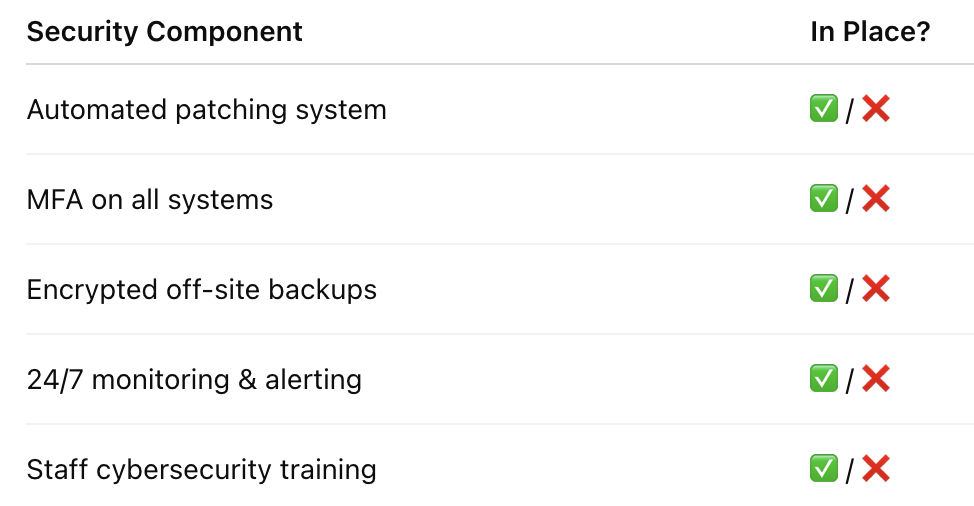
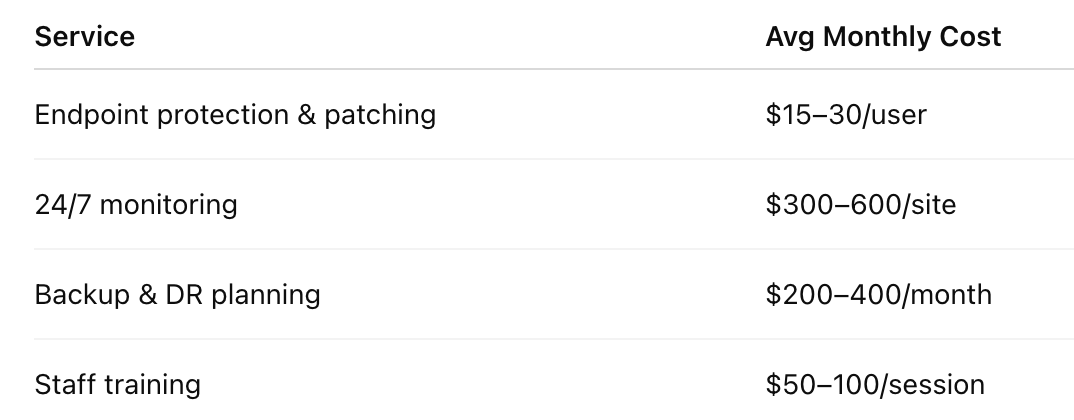



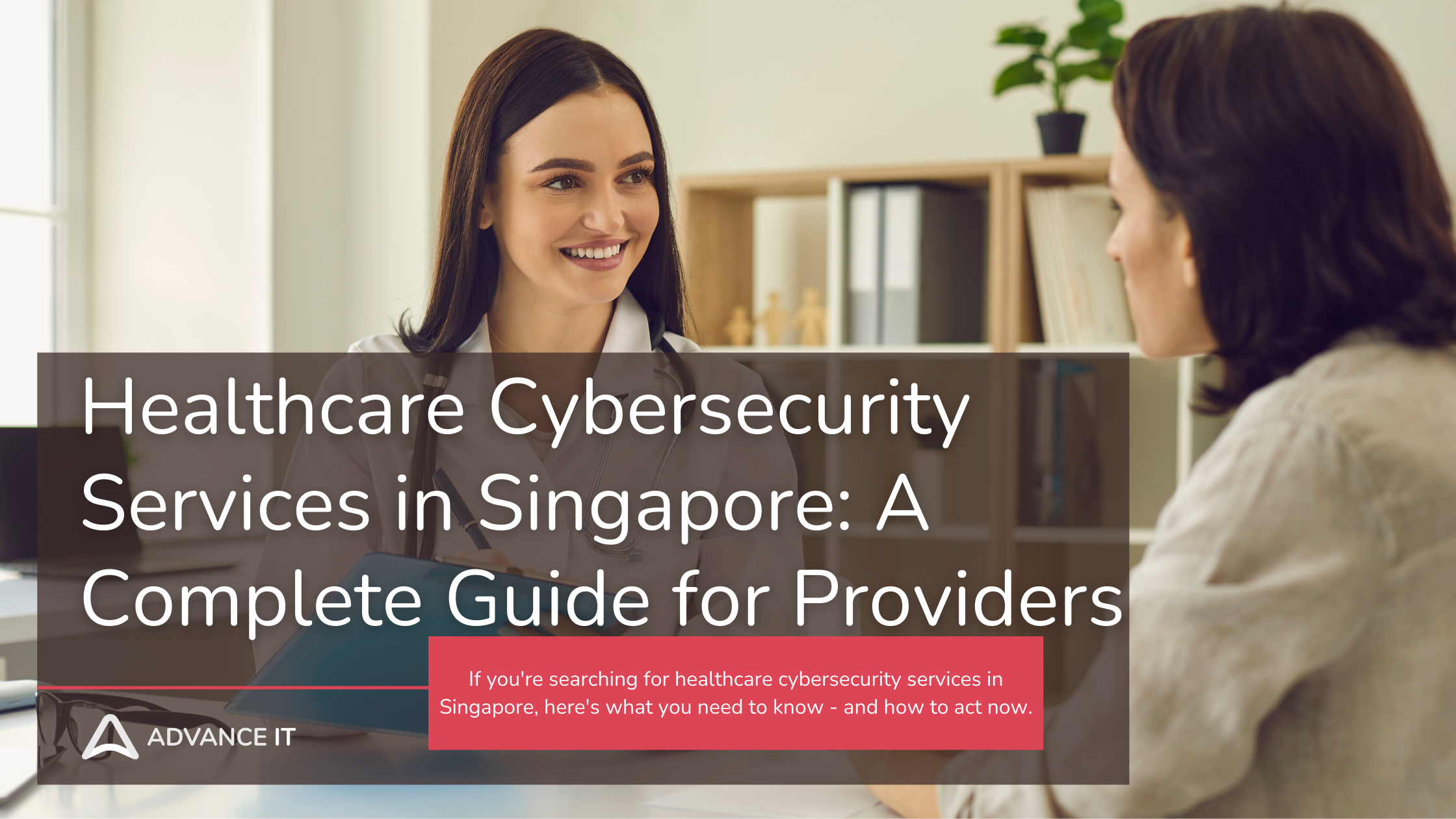


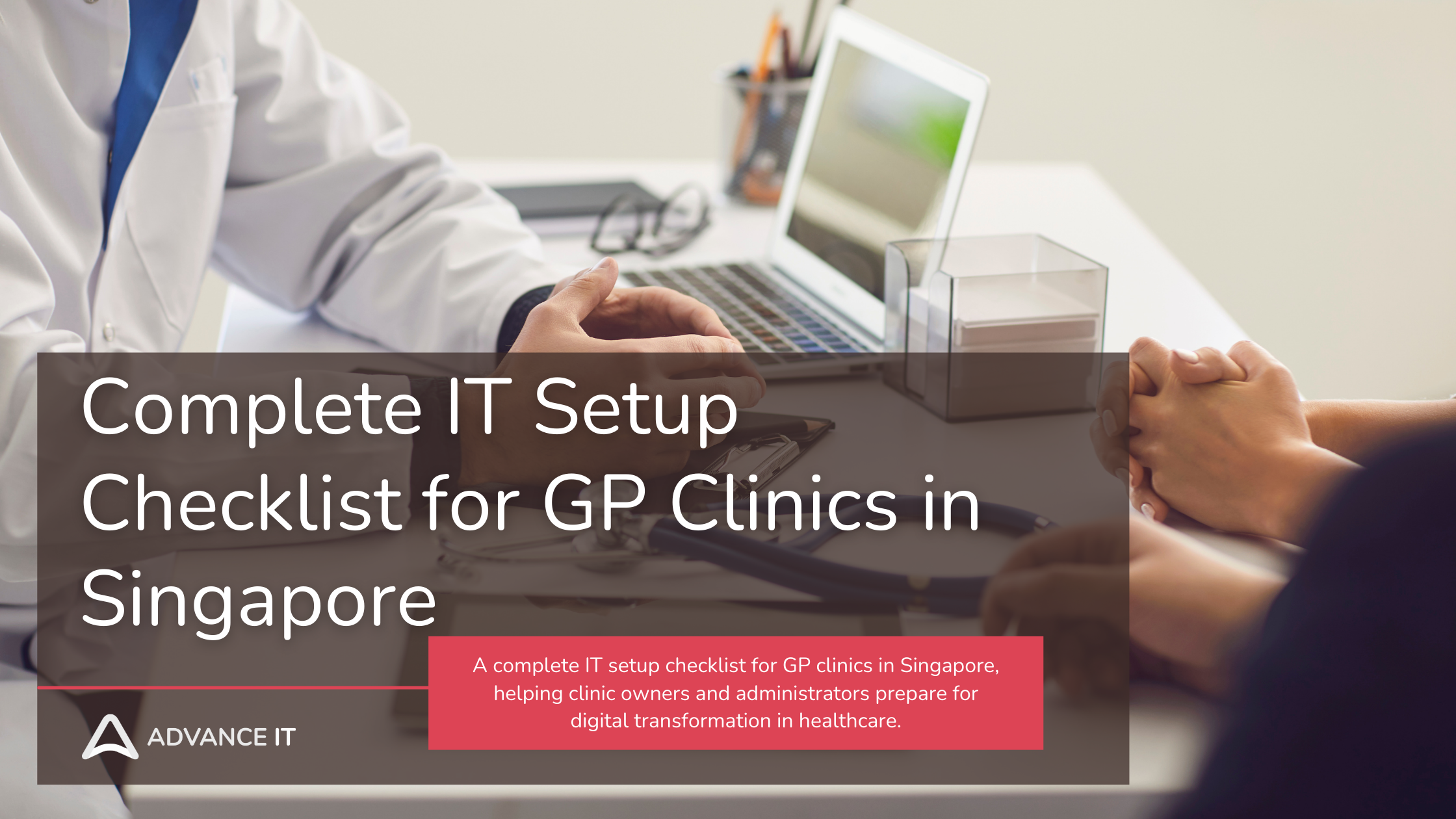

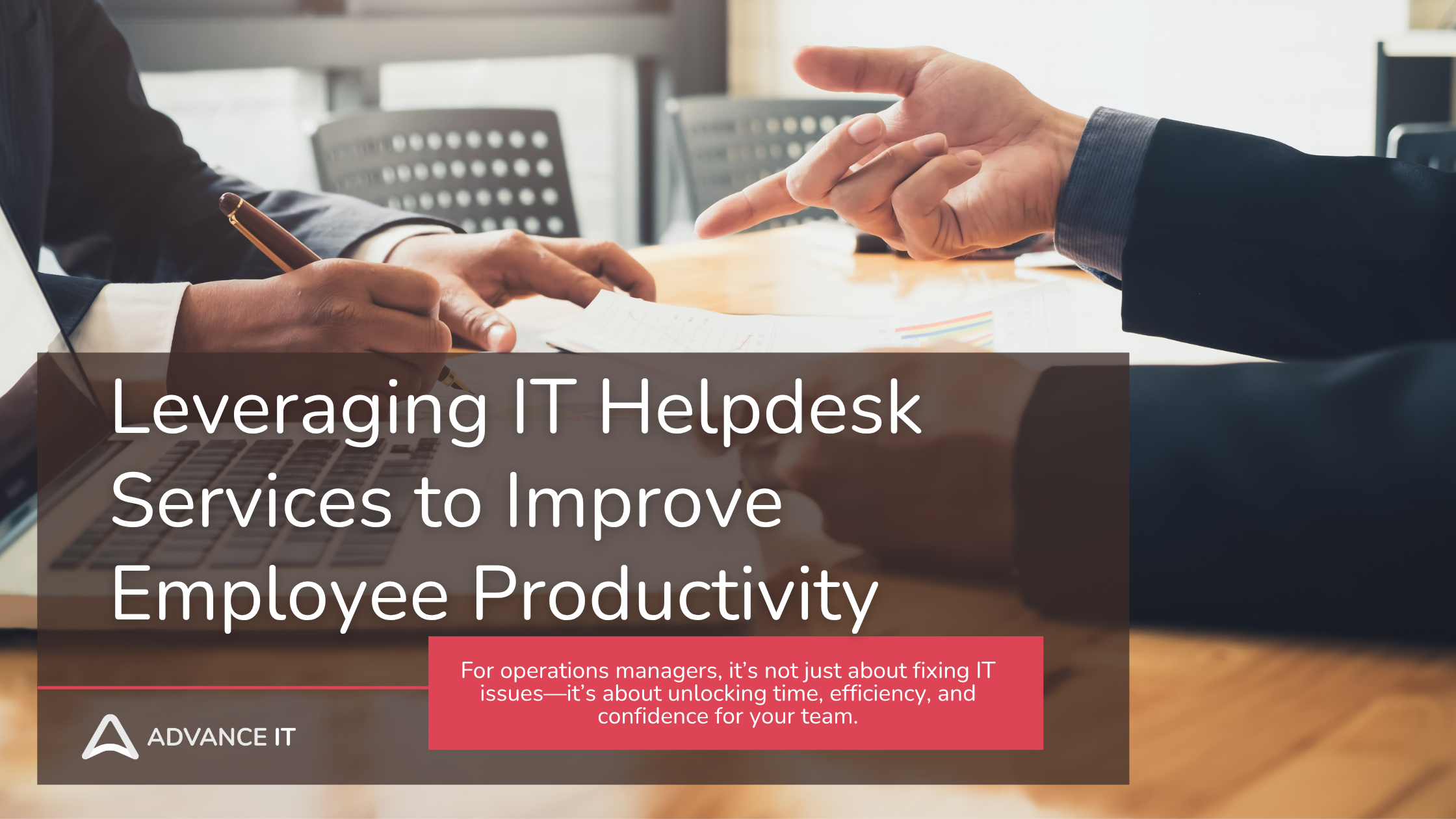




With years of experience supporting clinics, we help healthcare providers reduce downtime, improve compliance, and focus on what matters most - patient care.